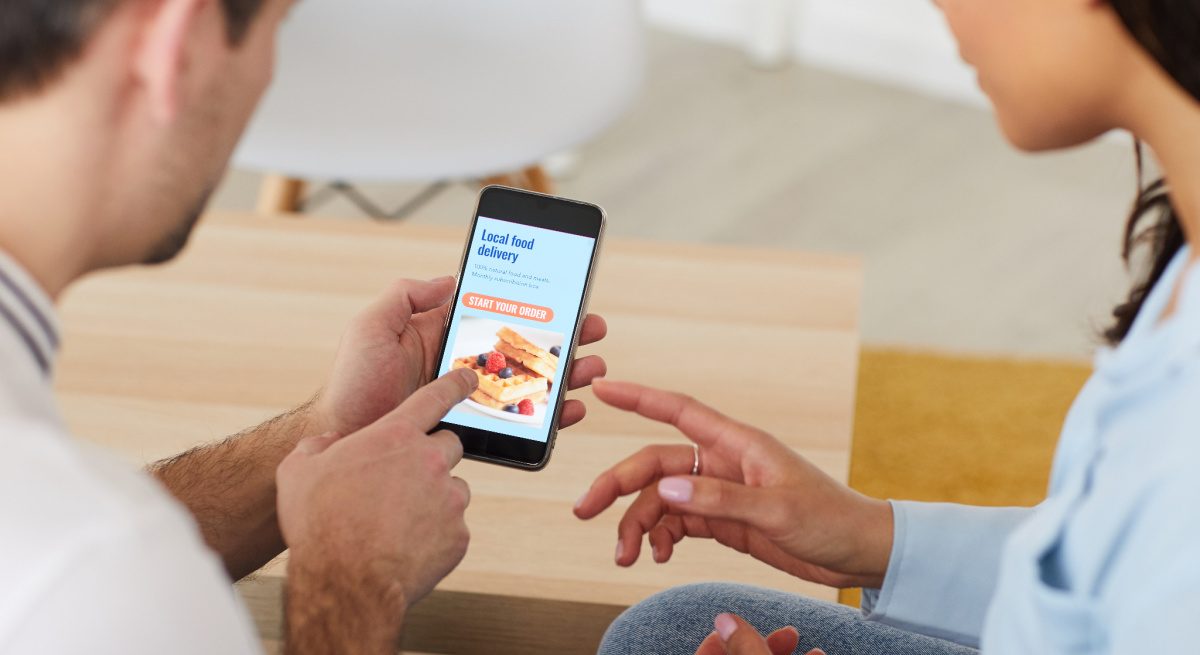Contactless Ordering Isn’t Going Anywhere — Here’s How to Make the Most of It
4 Min Read By Leah Blandford
The pandemic has created unprecedented demand for online ordering platforms. Customer demand for delivery is 135 times higher than before COVID-19, according to Yelp. As a result, restaurants that have historically relied on in-person dining have either scrambled to create their own food ordering apps or have leaned on third-party services to do it for them.
Contactless ordering has become an integral part of business rather than just a tool to navigate this crisis.
While it’s tempting to see this increase as a temporary solution for restaurants amid the pandemic, much of this new behavior may be here to stay. According to Salesforce, most consumers in the U.S. plan to continue buying essential goods online even after the pandemic’s danger has passed. In all likelihood, customers may be less inclined to dine out as much as they once did — even when the world returns to some version of normal.
What does this mean for those in the restaurant industry? Ultimately, they’ll have…
Sorry, You've Reached Your Article Limit.
Register for free with our site to get unlimited articles.
Already registered? Sign in!


